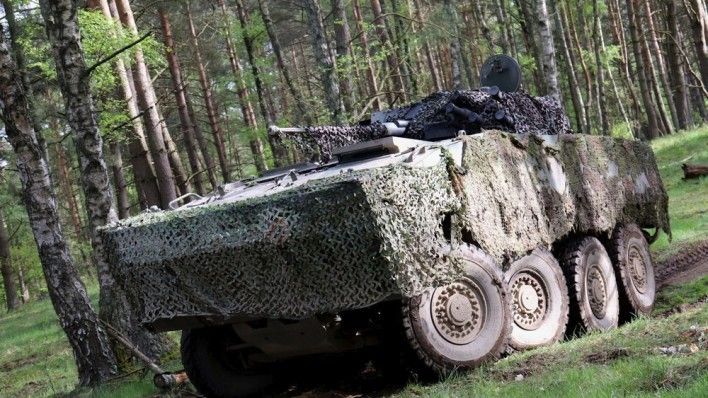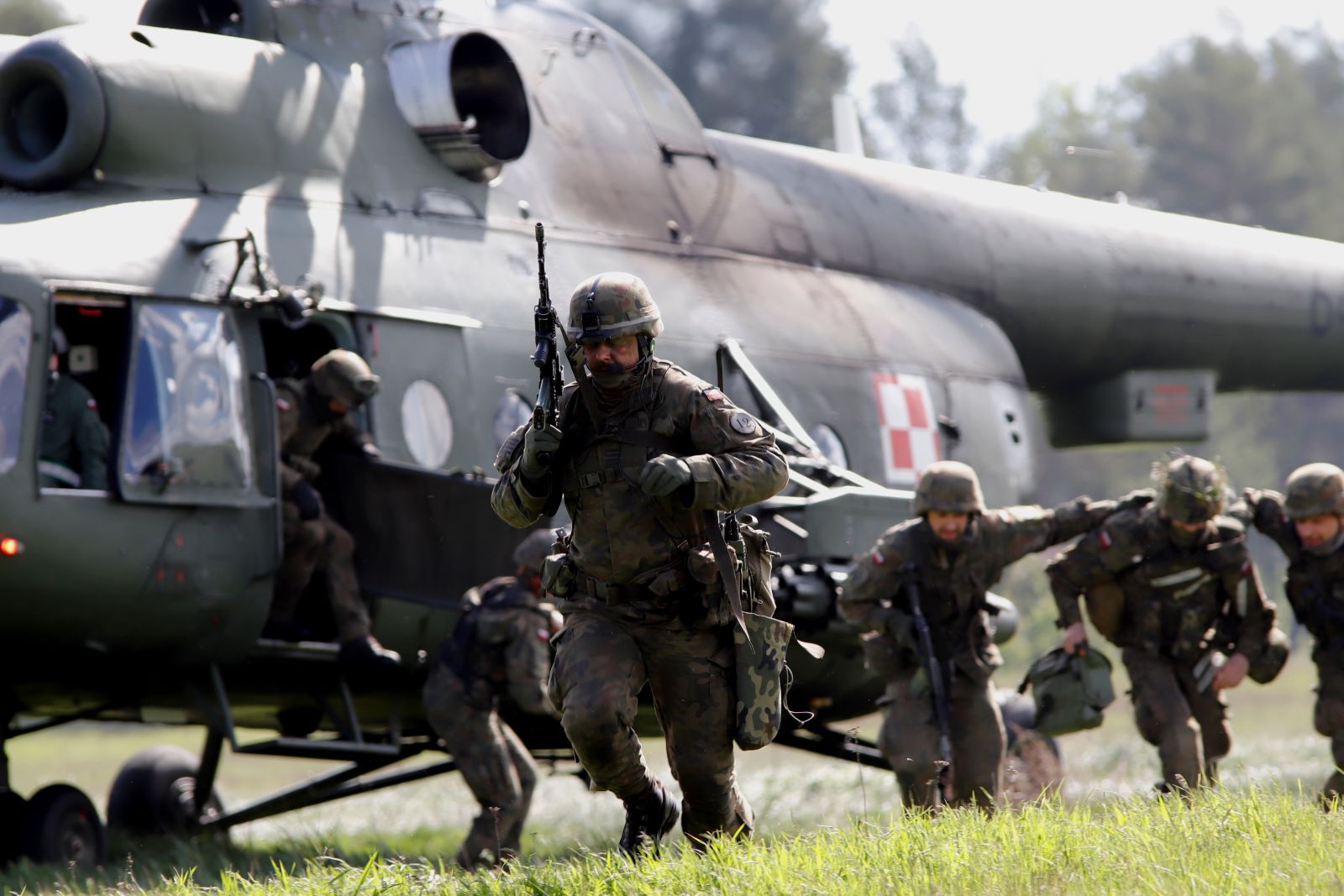Polish Armed Forces as a Part of the French-German VJTF

An element formed around the 1st Motorized Infantry Battalion, belonging to the 12th Mechanized Brigade stationed in Szczecin, would become a part of a French-German brigade that remains on high readiness duty within the framework of NATO Response Force in 2022.
The General Command of the Polish Armed Forces announced that a certifying exercise for the NATO Response Force component formed based on the 1st Motorized Infantry Battalion of the 12th Mechanized Brigade has taken place. The verifying operation was organized under the Tygrys-21 codename. The release stressed that cooperation with JTACs (Joint Terminal Attack Controllers) was also an element of the exercise, along with the usual tactical elements such as offensive and defensive scenarios. The soldiers were also neutralizing IEDs or got involved in recovery operations for equipment. Finally, provision of first medical aid and reaction to enemy PSYOPS were also a part of the training conducted.

Responding to our inquiry, the General Command of the Polish Armed Forces stressed the fact that the element detached from the 1st Battalion of the 12th Brigade has been reinforced with JTAC elements, but also with CIMIC and PSYOPS units. It was also said that the main portion of the stand-by period is scheduled to take place in 2022. The element in question would become a part of a German-French brigade that is subordinated to the French Rapid Reaction Corps (RRC-FR) that would command the land element in 2022.

A German-French brigade is a unit that has its roots in the late Cold War. The element has been formed specifically for international operations. It consists of three motorized infantry battalions (two German, and one French unit), a French reconnaissance battalion using the AMX-10RC vehicles, and a German artillery squadron with Pzh. 2000 and MLRS systems. The aforesaid structure is supported by joint command and support units. After 2014, some elements of the brigade have seen deployment to Poland as well.

VJTF and NATO Response Force
NATO member states are still engaged in implementing the provisions defined during the NATO summit of 2014, assuming that the NATO Response Force’s capabilities shall be significantly extended. Earlier on, the land component had involved a single brigade capable of deploying in 30 days. Currently, it is formed by three multi-national brigades that rotationally remain on stand-by.
The standby brigade exhibits the highest level of readiness. Its first elements are to be ready for deployment in 2 days, while as a whole, readiness is attainable in up to 7 days. Along with the air force, naval, and special operations forces components, the brigade forms the VJTF component. Each of the brigades remains on duty for three years. The first year is the so-called stand-up phase, with a readiness of 45 days. The second year is the VJTF stand-by. The stand-down phase - third year, envisages readiness of 30 days. Collectively the NATO Response Force involves up to 40 thousand troops, across all branches of the military.
Last year Poland has become a framework nation for VJTF, taking over command of the land forces brigade and detaching the key elements of the force. The response component revolved, primarily, around the 21st Highland Infantry Brigade. It was supported by battle groups hailing from other nations - like the Czech Republic, or the UK.
This year Turkey is acting as the framework nation, with its 66th Mechanized Brigade, the deployment of which (to Romania) is a part of the Noble Jump 2021 exercise. Next year, it would be France’s turn to take the lead, with its German-French brigade being supported by a battle group from other nations, Poland included. The Polish soldiers have already been working in that role - back in 2017 for instance, when a mechanized battalion of the 10th Armoured Cavalry Brigade remained on stand-by, as a part of VJTF led by the UK. Back in 2016, the VJTF led by Spain involved a Polish Leopard 2A5 MBT battalion, detached from the 34th Armoured Cavalry Brigade (now a part of the 1st Armoured Brigade based in Wesoła, the 34th Armoured Cavalry Brigade currently uses the T-72 MBTs).
Meanwhile, in 2023, Germany would take over the role of a framework nation. It is also assumed that, for the first time, the German element would include the Puma IFVs, replacing the legacy Marder vehicles used back in 2019 and 2015.



